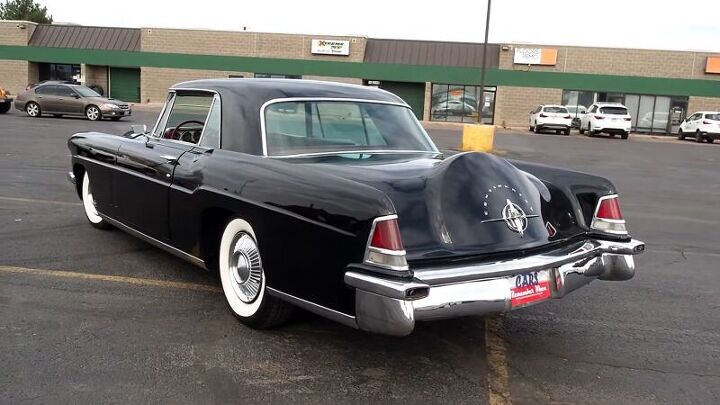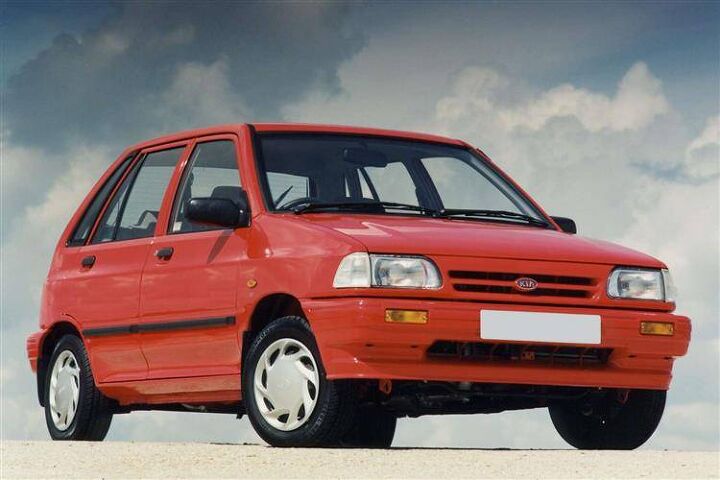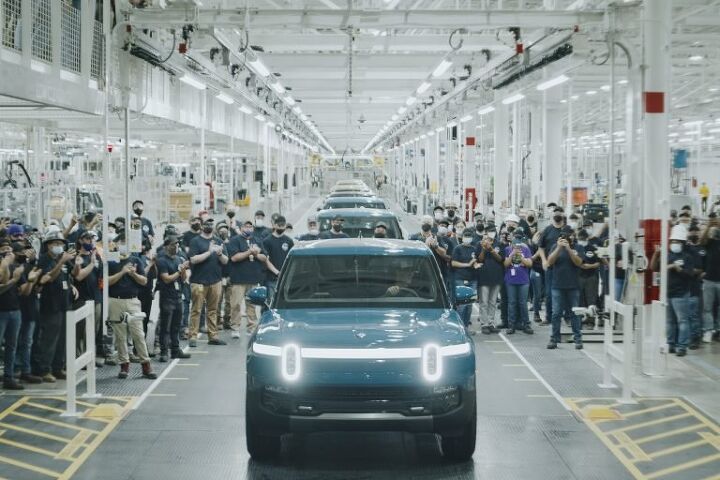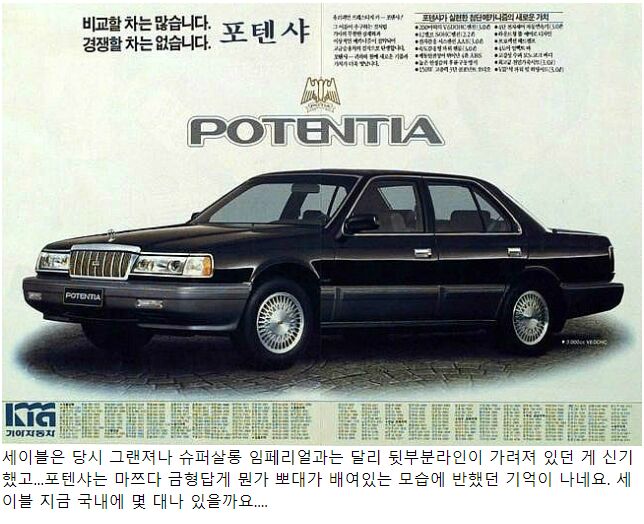#ford
Ford Continues Selling Rivian Stake
Ford Motor Co. has decided to continue offloading Rivian stock, with the burgeoning electric vehicle manufacturer at roughly $24 per share. After divesting itself of 8 million shares earlier this month, Blue Oval sold another 7 million ahead of the weekend — leaving itself holding about 9.7 percent of the company.
With 86.9 million shares leftover from the sale, Ford remains a relevant stakeholder. However, investors are growing worried that the legacy manufacturer will continue dumping Rivian as a way of salvaging future losses. Ford, which previously owned some 102 million shares in Rivian, endured a massive $3.1-billion loss in its first quarter as the value of its investment in the company slumped. Worse still, investors are souring on tech and EV stocks in general.
Detroit Automakers Reinstate Mask Mandates in Michigan
General Motors, Stellantis, and Ford Motor Co. collectively decided to reinstate masking mandates in Michigan over the weekend — stating that the impacted factories were in areas with high levels of COVID-19.
The automakers had lifted mask requirements for employees after the backlash against government-backed restrictions and mandates hit a fever pitch in March. While protests had begun swelling by the fall of last year, the Canadian Freedom Convoy that was forcibility disbanded in February drew national attention to the issue. Despite Detroit manufacturers suggesting they would walk back restrictions (if the Centers for Disease Control and Prevention said it was okay) for months, ditching masks initially involved a series of stipulations about vaccinations and job titles. It wasn’t until public outrage spilled over into the real world that sweeping changes began to occur.
Rare Rides Icons: The History of Kia's Larger and Full-size Sedans (Part IV)
We return to our coverage of Kia sedans today and discuss a midsize from just prior to the flagship Enterprise we discussed last time. Kia offered the first midsize car to bear its branding in 1987 when it introduced the new Concord. Concord was essentially a broughamed, front-rear clip swap take on the GC platform Mazda 626. Mazda discontinued the GC 626 that year and immediately sold the platform and tooling to Kia. A couple of years later, the Concord spawned a lesser sibling called the Capital. Capital looked very similar to the Concord but sold to a more economically-minded customer with its much lower level of equipment and low-powered engines.
When the Capital finished up its run in 1997, it was replaced by a compact car Kia had on sale for a few years already: The Sephia. Sephia wouldn’t do for Concord-level customers though, and upon the sedan’s discontinuation in 1995 they were directed to an all-new Kia. The company was ready with its new midsize to bookend the Concord, and it went on sale the same year. Though the new car was again on a donated platform, it was the first time Kia had some leeway to design a midsize of their own. It’s time to discuss Credos.
Rare Rides Icons: The Lincoln Mark Series Cars, Feeling Continental (Part IV)
We return to our Lincoln Mark series coverage today, in the midst of learning about the first Mark of the line, the Continental Mark II. The Mark II aimed to carry on the tradition set by the gracious Continental of the Forties, and take Ford to new heights of luxury, desirability, price (and thus exclusivity), and quality. The latter adjective is where we’ll focus today; it was certainly the focus of the folks at the Continental Division prior to the Mark II’s release.
Rare Rides Icons: The Ford Festiva, a Subcompact and Worldwide Kia by Mazda (Part II)
We return to our Rare Rides Icons coverage of the Ford Festiva today. An important world vehicle for the likes of Ford, Mazda, Kia (and eventually many others), the Festiva arrived at a time when rear-drive subcompacts were being replaced by much more efficient models that were front-drive. And the Mazda-designed Festiva was certainly more efficient and more front-drive than the Fiesta it replaced.
Charging Ahead: The Myriad of Ways an F-150 Lightning Can Power Your Home - and Other Things
Yesterday, we (and the rest of the Internet) brought you our drive impressions of the all-electric F-150 Lightning, putting it through its paces in a variety of typically trucky situations and finding it to be a largely familiar experience behind the wheel – albeit one powered solely by electricity. If part of the challenge in getting truck customers to make the jump to electric is convincing them the experience will not be totally alien, Ford’s approach with the Lightning will pay dividends.
Here’s the thing about most electric vehicles: That enormous battery deep within its frame can, with some creativity, be used for more than just shoving a 6,000+ pound pickup down the freeway. Ford has a few ideas – some of them slickly integrated into the truck and others costing thousands in expenditure to implement. Let’s dig in.
Lightning Strikes the TTAC Podcast
The TTAC podcast is back! In our fourth episode, we talk Ford Lightning, Kia Sportage, Formula One in Miami, and the best cars from 2007.
Rare Rides Icons: The History of Kia's Larger and Full-size Sedans (Part III)
We’ve reached the end of the Nineties in Kia’s midsize-or-more sedan story. It was a time of modernization across Kia’s portfolio, and 1998 and 1999 were years of expansion in particular: Kia introduced an impressive nine all-new models across those two years.
For its larger sedan lineup, the dated Potentia (a rework of the Eighties Mazda Luce) continued on in its popularity in the South Korean market. Potentia was updated from its original 1992 looks for 1998. However, that same year Kia introduced a new large luxury sedan to its lineup. The company once again relied on friendly product partner Mazda. Let’s talk about Enterprise.
2022 Ford F-150 Lightning First Drive - Ready for Duty
The words ‘all-new’ and ‘seismic shift’ are too frequently hurled around by those who peck their way around a keyboard between visits to shrimp-laden buffet tables. Still, when the country’s best-selling vehicle – the image of which is so closely tied to America that it might as well have a baseball hat and an apple pie in its glovebox – is fitted with an entirely new method of powering its way down the freeway and around job sites, even the j-j-jaded TTAC team will sit up and take interest.
Compared to other efforts in the electric pickup truck space, such as ridiculously angular examples loudly and annoyingly defended by fanbois jihads groups of rabid admirers, the Ford F-150 Lightning actually exists in vast numbers and is actively being cranked out of a factory near Detroit. There’s no shortage of vaporware in the EV truck segment, with numerous Barnum-like companies making grandiose promises amounting to naught, taking the hopes and cash of others down along with them.
With the F-150 Lightning, Ford is definitely *not* peddling vaporware. It’s here, it’s real, and we drove several examples last week in – where else? – Texas.
A Lesson in Stonks: Rivian Nosedives as Ford Unloads Shares
The fortunes of many are won and lost on America’s stock markets – or even on reports of share sales. Markets reacted this morning to a news report alleging Ford Motor Company is divesting itself of 8 million shares in Rivian, the latter being an EV startup with designs on producing the R1T pickup truck and R1S SUV.
In premarket trading, Rivian’s stock fell over 10 percent to just $25 per share, well off its 52-week high of nearly 180 bucks. Yeesh.
Rare Rides Icons: The Lincoln Mark Series Cars, Feeling Continental (Part III)
Today finds us at the third installment in our coverage of the Lincoln Mark series cars. So far we’ve covered the original Continental that ran from 1939 to 1948 and learned about the styling decisions that made for the most excellent Midcentury Continental Mark II. The Mark II arrived to herald the birth of the new Continental luxury division at Ford. A division of Ford and not Lincoln-Mercury, Continental was established as the flagship of the Ford enterprise. We pick up circa 1952, with Cadillac.
Rare Rides Icons: The Ford Festiva, a Subcompact and Worldwide Kia by Mazda (Part I)
We embark on the important and global tale of a subcompact hatchback today. Your author referenced it last week in Part I of our Kia large cars series, and now it’s time for the promised comprehensive Rare Rides coverage! Manufactured in various places around the world, our subject vehicle lived a long life and had no fewer than 10 identities over its impressive 17-year span. We’re going to party, karamu, Festiva, forever.
Rare Rides Icons: The History of Kia's Larger and Full-size Sedans (Part II)
We pick Kia’s large-car story once more today, at a point when the Korean manufacturer was in the midst of establishing itself as a proper full-line automaker, albeit with contributions from various other automotive firms. After Kia built Fiats and Peugeots via knock-down kits, it moved on to a light rework of the early Eighties Mazda 626. It made two cars out of the 626, its first midsize offerings. They were the upscale Concord and lesser (but still sort of upscale looking) Capital. But before we move on to the company’s first truly full-size car, we need to talk about the Mercury Sable for a moment.
Ford Lightning Getting Company in Tennessee
The 2022 Ford F-150 Lightning has officially started production at the company’s Rouge Electric Vehicle Center in Michigan and will apparently be getting some company at the Blue Oval City campus in Tennessee. On Tuesday, CEO Jim Farley said that the upcoming plant had been selected to produce a new model during a press event covering the official launch of the all-electric F-Series.
“It’s another truck,” he explained. “This is not our only truck. We said very clearly we want to be the leader in electric pickup trucks.”
Rare Rides Icons: The Lincoln Mark Series Cars, Feeling Continental (Part II)
We pick up our Lincoln Mark series again today, at a point where Ford’s executives were really not interested in selling a personal luxury coupe. The original Continental was developed as a concept at the request of Edsel Ford, who wanted a car to take on his spring vacation in 1939. After an informal debut in Florida, Edsel came back with 200 orders and the Continental entered production.
Halted by World War II, the Continental picked up where it left off and underwent a light reworking at the hands of Virgil Exner. But the end of the Forties were not kind to the likes of the V12 engine, nor did Ford want to create a new Continental to replace the decade-old one circa 1948. Continental went away, its name unused. Instead, Lincoln foisted reworked Mercurys as the Cosmopolitan and ignored personal luxury. The brand generally lowered the bar of exclusivity set by Continental and the K-Series cars, and made things more affordable to the upper-middle portion of the American consumer base. Things stayed that way at Lincoln for some time.






























Recent Comments